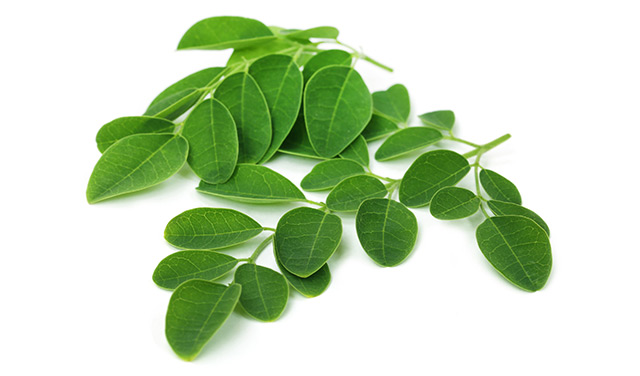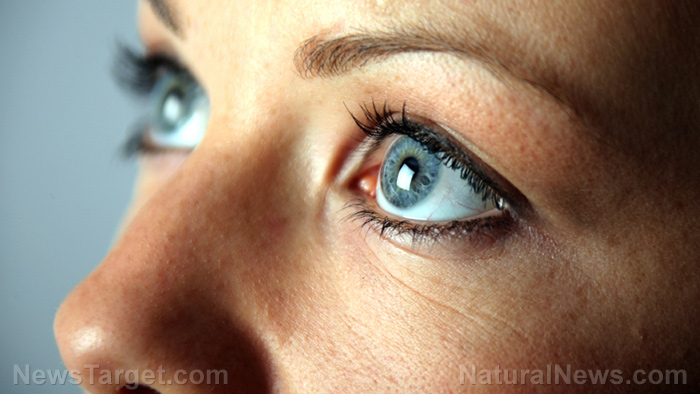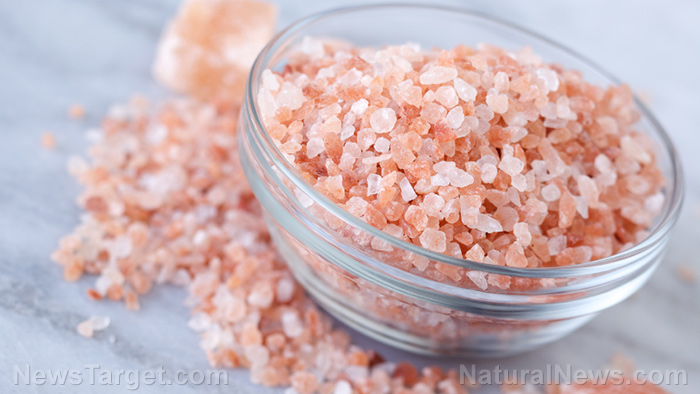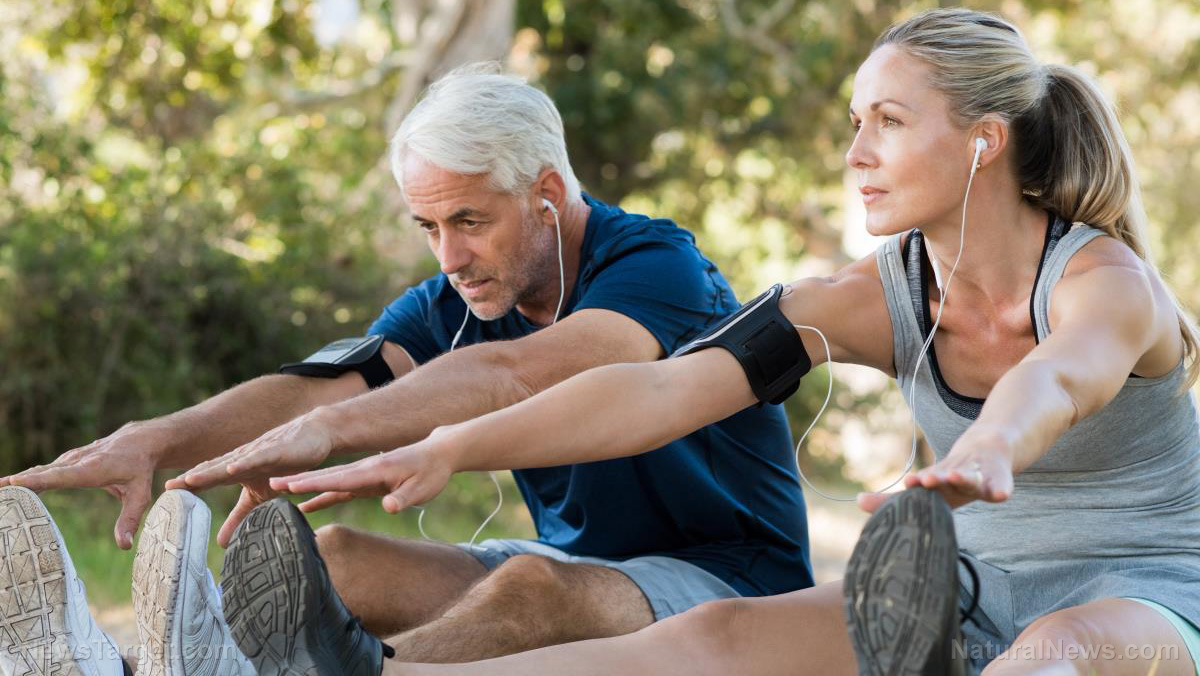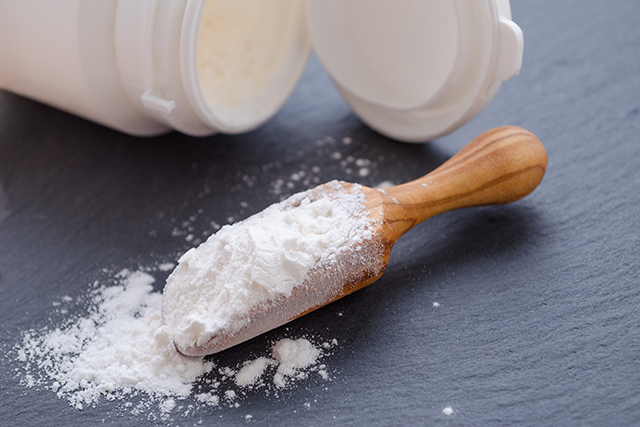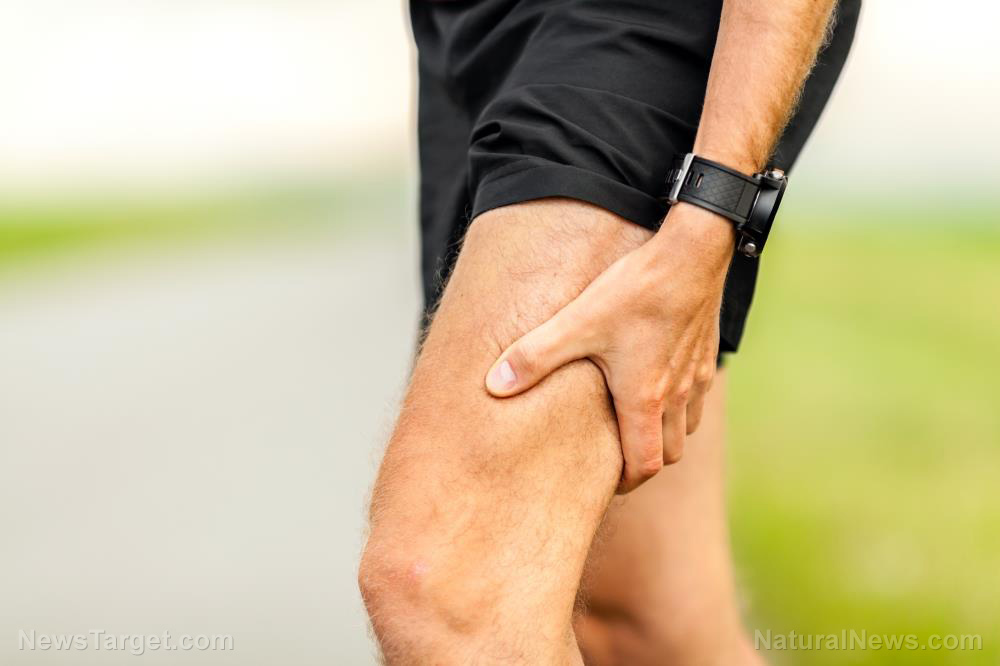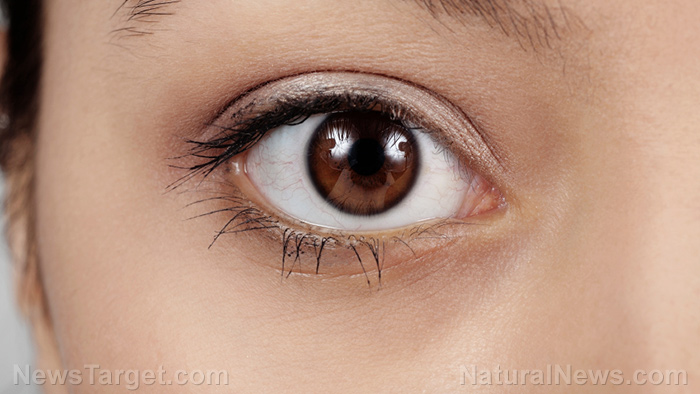Are you drinking enough water? Strategies to stay properly hydrated
07/18/2018 / By Michelle Simmons
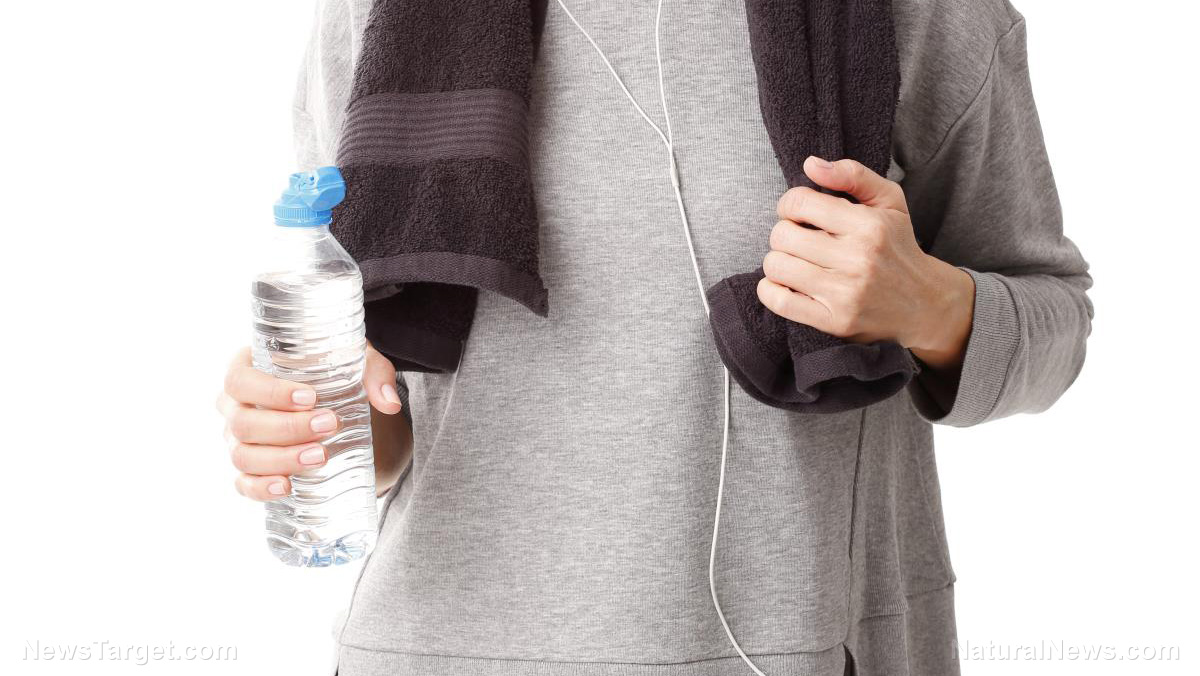
Getting more physically active can help enhance your overall health and fitness, as well as reduce your risk for a lot of chronic illnesses. In any physical activity, proper hydration is a must. It is important to drink the right amount of fluids before, during, and after physical activity to provide the body with the fluids it needs to work properly. Proper hydration will improve performance in both training and competition, reduce the risks of dehydration and overhydration, and help heal illness and injury. Thus, it is important to start any physical activity well-hydrated and replace fluid lost after exercise. Here are some tips to stay properly hydrated:
- Monitor your hydration – You can monitor hydration in two ways: urine color and sweat loss. The color of the first urine void after you wake up is an indicator of your hydration status. Straw- or lemonade-colored urine indicates proper hydration, while dark-colored urine, similar to the color of apple juice, is a sign of dehydration. Bright-colored urine is often produced after you take vitamin supplements. Sweat loss, on the other hand, can be estimated by the change in body weight before and after exercise. You can weigh yourself before and after exercise to determine the amount of fluid you lost. One pound is equal to around 24 ounces of fluid.
- Consider the factors that increase sweating – Higher temperature, bigger body size, and greater workout intensity and duration are some factors that increase fluid loss through sweat. Compared to less fit people, well-trained athletes sweat more. Athletes cool their bodies through sweat more efficiently compared to most people as their bodies are used to the extra stress. In general, men sweat more than women do.
- Watch out for the warning signs of dehydration – Dehydration occurs when you fail to properly replace fluid lost through sweating. It can occur even when if it is not hot or when perspiration is not visible. Losing more than two percent of your body weight will impair your exercise performance. Initial signs of dehydration are thirst, flushed skin, premature fatigue, higher body temperature, more rapid breathing and pulse rate, increased perception of effort, and reduced exercise capacity. Later signs of dehydration may include dizziness, increased weakness, and labored breathing with exercise.
- Avoid overdrinking – Ultimately, the goal is to minimize dehydration without overdrinking. The quantity of fluids required for adequate hydration varies among individuals. As a starting point, drink one cup of water at most every twenty minutes. Water intoxication, also referred to as hyponatremia, is a result of drinking too much water, causing a low concentration of sodium in the blood.
- Rehydrate after exercise – The only way to rehydrate and cool the body from the inside out after exercise is to drink enough fluid. (Related: Don’t forget to drink water when you exercise! Hydration is key to boosting performance.)
The benefits of staying properly hydrated
In addition to boosting athletic performance, staying properly hydrated offers benefits like the following:
- Preventing dry mouth – Water prevents the mouth from becoming dry. A dry mouth can result in bad breath and/or the presence of an unpleasant taste. It can lead to cavities.
- Boosting cardiovascular health – Dehydration reduces blood volume, making the heart work harder to pump blood and get sufficient oxygen to the cells.
- Keeping the skin supple – Drinking enough water can prevent the skin from drying up and losing its elasticity.
- Cleansing the body – Water is needed by the kidneys to filter waste from the blood. Water may also help fight urinary tract infections and kidney stones.
Read more news stories and studies on water and hydration by going to CleanWater.news.
Sources include:
Tagged Under: dehydration, dehydration effects, drinking water, exercise, hydration, hyponatremia, severe dehydration, water




